Optical Illusions: A Gallery of Visual Tricks
Distorted squares
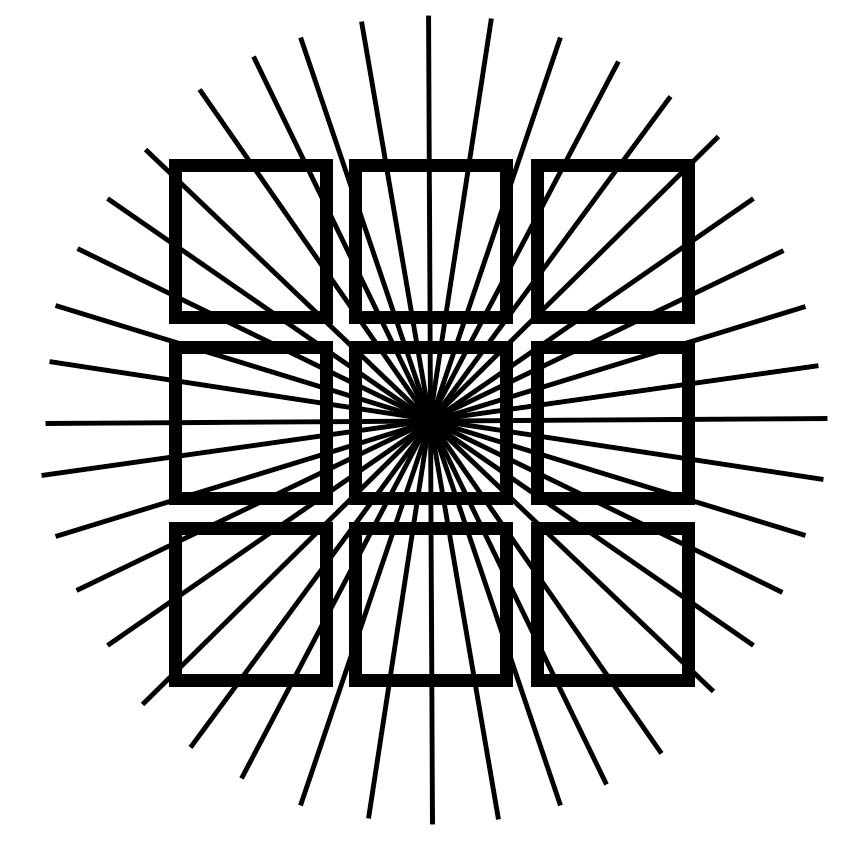
The squares in this optical illusion are actually square, though they appear distorted. The distortions are consistent with how squares in the real world would change their appearance if one were moving forward toward the center point.
Color coder
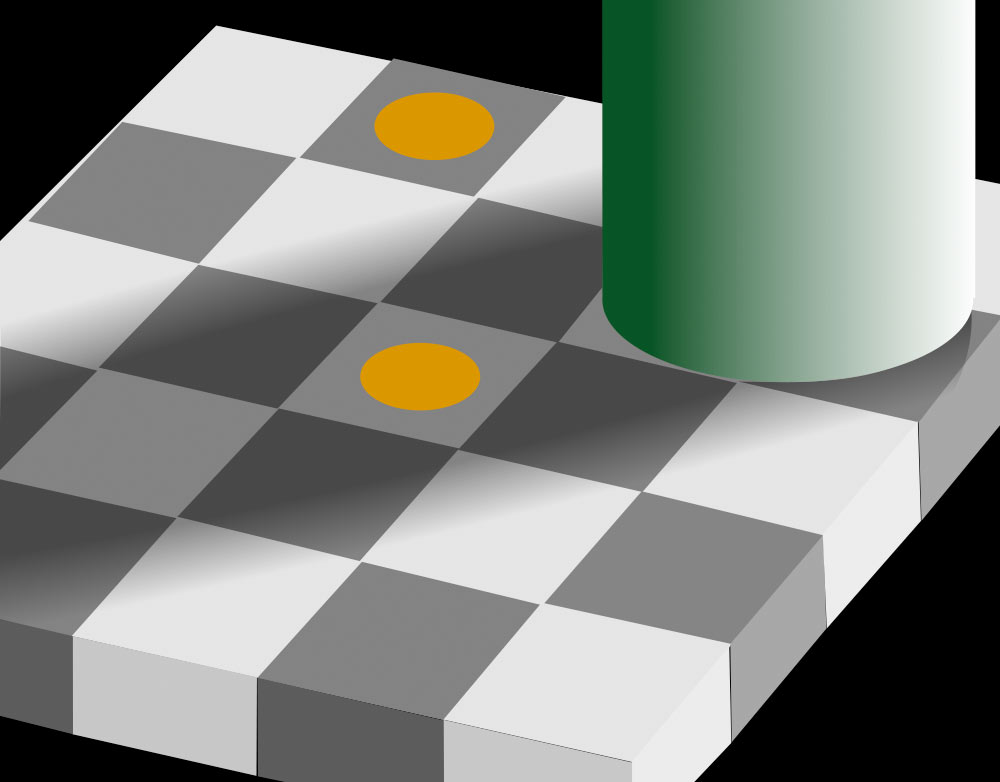
Both circles and both squares are the same color.
Phantom dots
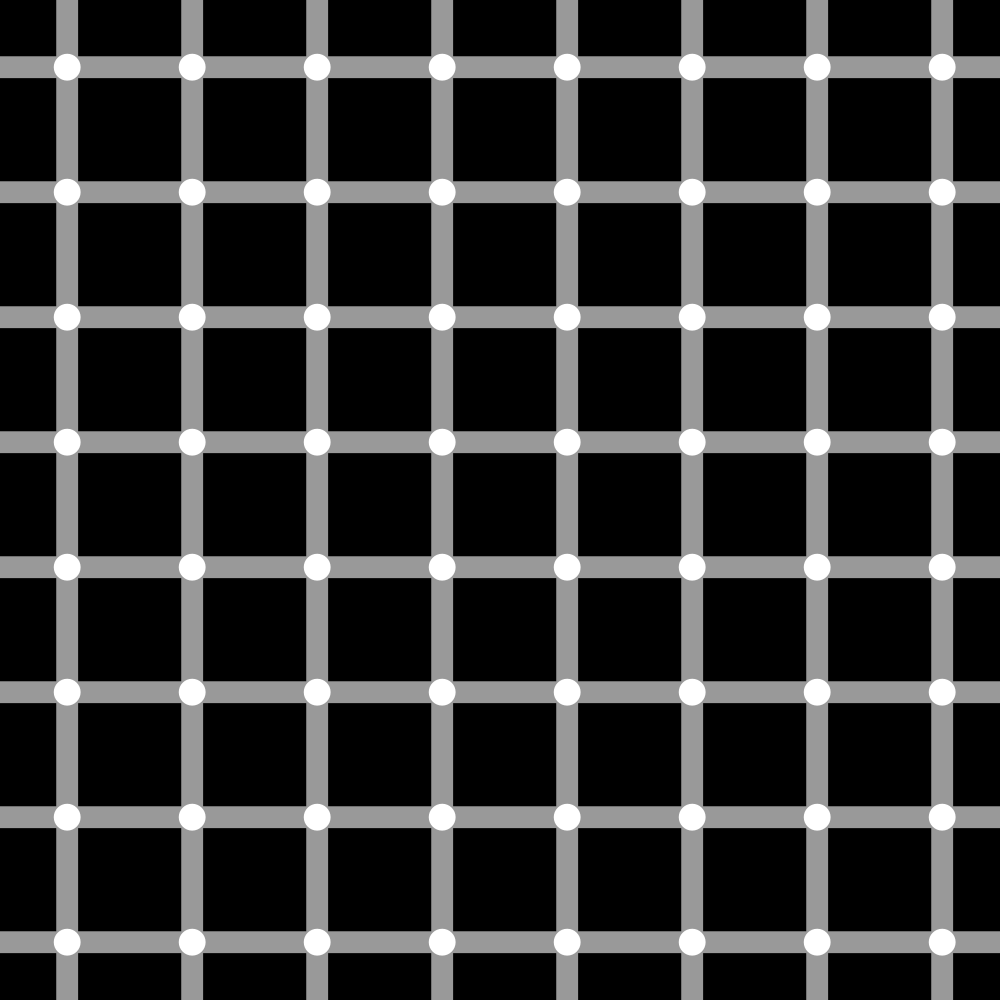
The black dots seem to appear and vanish at the intersections of the gray horizontal and vertical lines. Called the scintillating grid, this illusion was first discovered by E. Lingelbach in 1994 and is a modification of the so-called Hermann grid illusion.
Face or Vase?
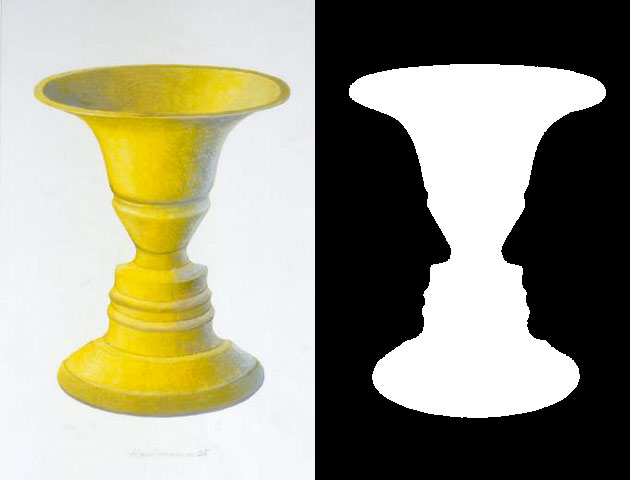
Called Rubin's vase or Rubin face, this ambiguous figure can be interpreted accurately in two different ways, demonstrating our ability to shift between focusing on the figure and background.
Fuzzy blobs
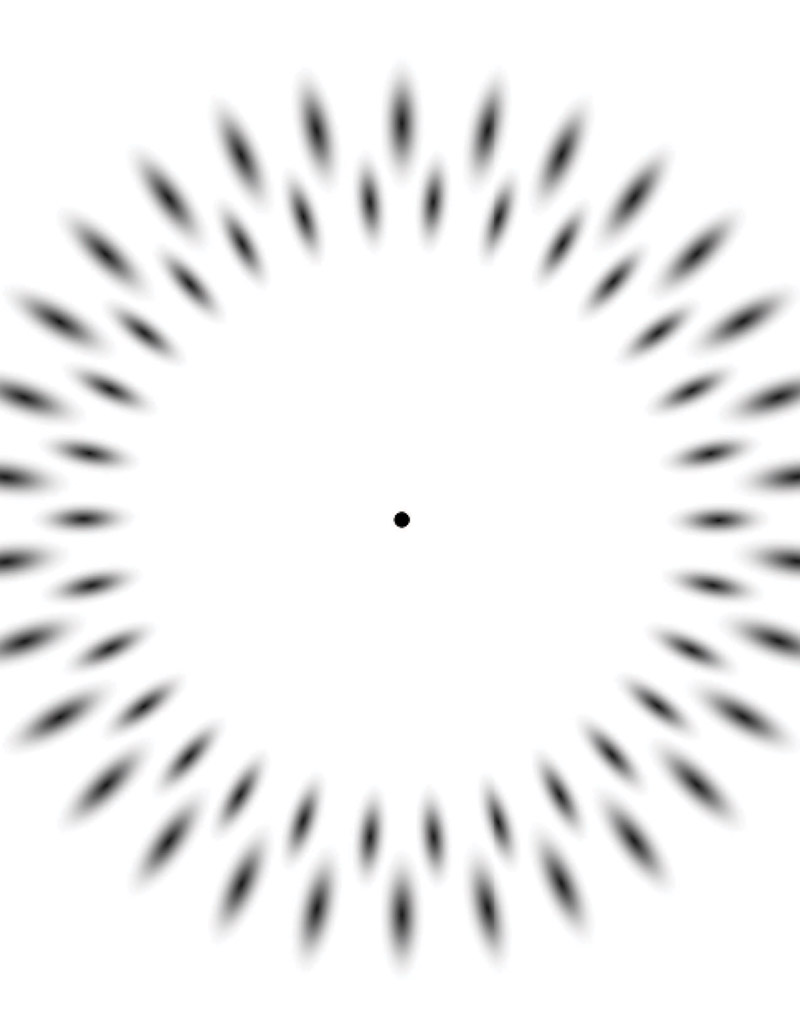
If you loom toward the center, optimally with short, quick movements, the fuzzy blobs appear to flow outward way faster than they should. The blobs have these cues of motion in the blur, which tells your brain to anticipate that they've moved farther than they have. (Illusion was created by David Widders.)
Moving smudges
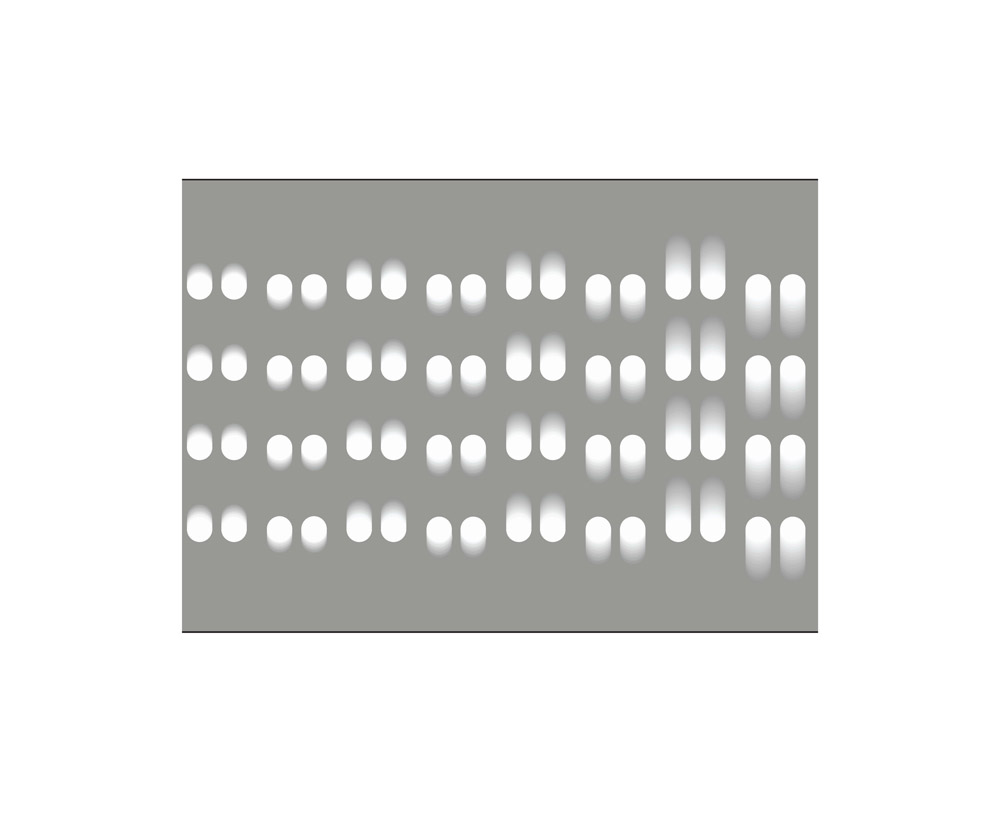
Though static, these smudges appear to be drifting, with the longer-blur-tail ones seeming to drift faster. The illusion can be explained by Mark Changizi's "perceiving-the-present" theory of illusions, which you can read about here.
Hering illusion
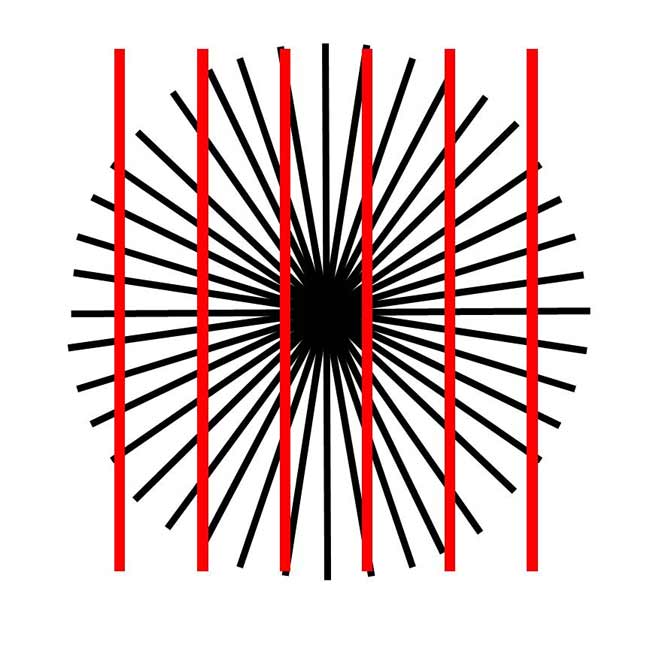
In this so-called Hering illusion, the straight lines near the central point (vanishing point) appear to curve outward. This illusion occurs because our brains are predicting the way the underlying scene would look in the next moment if we were moving toward the middle point.
Sign up for the Live Science daily newsletter now
Get the world’s most fascinating discoveries delivered straight to your inbox.
Invisibly Changing Dots: The 2011 Best Visual Illusion
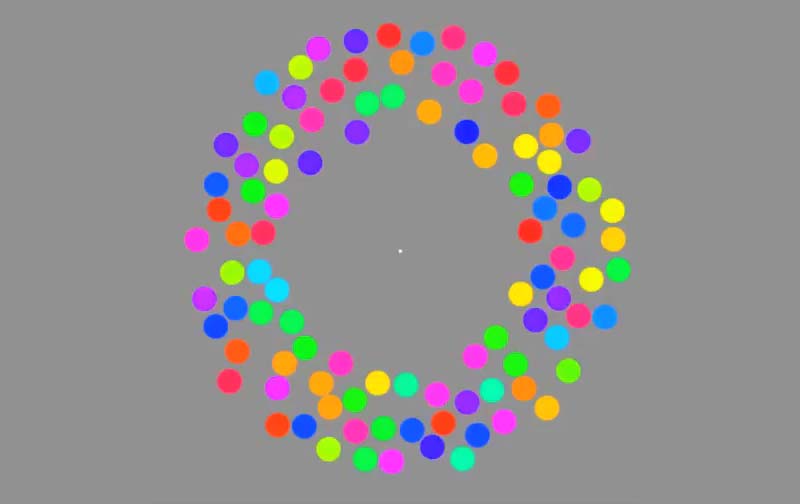
In an animated version of this image, the rotation of the whole ring obscures the changing colors of the dots. See below for the video.










